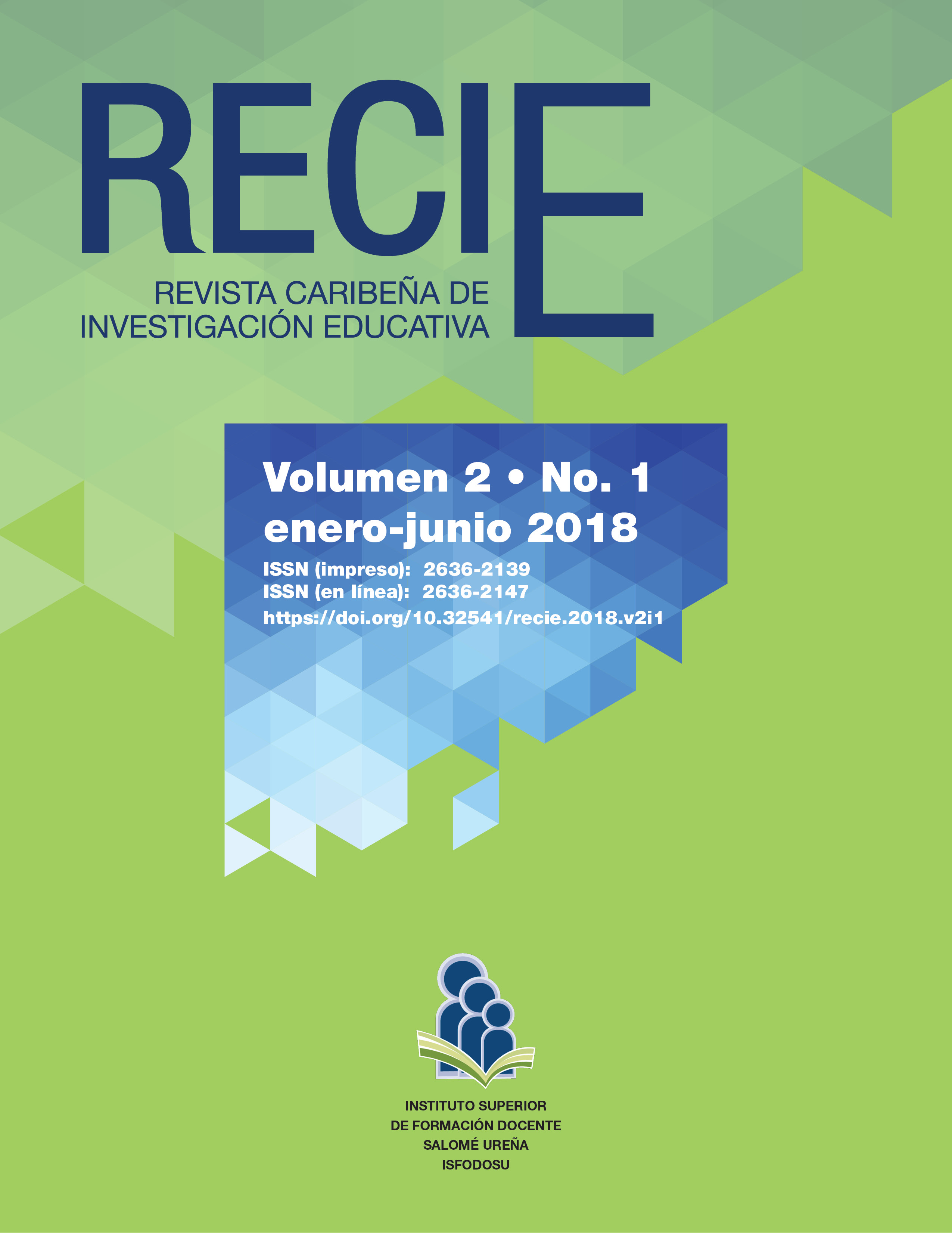Digital Inclusion and the Puntos México Conectado Network
Authors
Rubicelia Valencia Ortiz
Latin American Institute of Educational Communication, Mexico
[email protected]Detalles
Published
Abstract
A large part of the Mexican population finds itself falling behind in terms of information technologies, and this has prompted governmental actions such as the “Mexico Connected Points” (PMC), which attempt to democratize both the use and access to ICT in disenfranchised urban communities to enhance digital inclusion. This document examines the evolution of the PMC and its current situation in the last months of the 2012-2018 administration in terms of the satisfaction of the user population. The documents revised and the data consulted suggest that the PMC have reached important levels of satisfaction among the user population, which has positively evaluated the digital training received, but it should also be noted that initiatives like this continue to be highly focused due to their predominantly urban location.
Keywords
Downloads
Metrics
References
Agustín, M. del C., & Clavero, M. (2009). Indicadores sociales de inclusión digital: brecha y participación ciudadana. En F. Galindo y A. J. Rover (Eds.) Derecho, gobernanza y tecnologías de la información en la sociedad del conocimiento (pp. 143-165). Recuperado de https://bit. ly/2L4RQ5I
Almenara, J., & Ruiz-Palmero, J. (2018). Las Tecnologías de la Información y Comunicación para la inclusión: reformulando la brecha digital. IJERI: International Journal of Educational Research and Innovation, 9, 16-30.
Almuwil, A., Weerakkody, V., & El-Haddadeh, R. (mayo, 2011). A conceptual study of the factors influencing e-inclusion. Simposio llevado a cabo en el congreso European, Mediterranean and Middle Eastern Conference on Information Systems. Atenas, Grecia.
Alva de la Selva, A. (2015). Los nuevos rostros de la desigualdad en el siglo xxi: la brecha digital. Revista Mexicana de Ciencias Políticas y Sociales, 60(223), 265-286.
Barroso, J., & Cabero, J. (2013). Nuevos escenarios digitales. Madrid: Pirámide.
Bonilla, A. (29 de agosto de 2017). Internet para todos, la apuesta de la SCT para lograr inclusión digital. México: Agencia Informativa Conacyt. Recuperado de https://bit.ly/2MOZt4A
Cabero, J., Córdoba, M. & Fernández, J. M. (coords.) (2007). Las TIC para la igualdad: nuevas tecnologías y atención a la diversidad. Sevilla: Eduforma.
Coward, C., Gomez, R., & Ambikar, R. (agosto, 2008). Libraries, Telecentres and Cybercafés. A study of public access venues around the world. World Library and Information Congress: IFLA General Conference and Assembly, Quebec. Recuperado de https://bit.ly/2u5Aj6T
De Tuya, M., & Schurr, M. (2017). The government that Mexicans deserve: challenges and opportunities in the digital divide. Bulletin of the Association of Information Science and Technology, 43(4).
Gobierno de la República de México. (2013). Estrategia Digital Nacional. Recuperado de https://bit.ly/2kmeavT
Hernández, J., & Pun, R. (agosto, 2017). Acceso público a Internet: una visión global para América Latina. World Library and Information Congress: IFLA General Conference and Assembly, Rumania. Recuperado de https://bit.ly/2L5amLg
INEGI. (2018). Encuesta nacional sobre disponibilidad y uso de tecnologías de la información en los hogares (ENDUTIH) 2017. Recuperado de https://bit.ly/2okPCVL
Madon, Sh., Reinhard, N., Roode, N., & Walsham, G. (mayo, 2007). Digital inclusion projects in developing countries: processes of institutionalization. 9th International Conference on Social Implications of Computers in Developing Countries, Brasil. Recuperado de https://bit.ly/2N48a7B
Mecinas, J. (2016). The digital divide in Mexico: a mirror of poverty. Mexican Law Review, 9(1), 93-102. Recuperado de https://bit.ly/2KShON9
Palacios, J., & Flores-Roux, E. (2012). Diagnóstico del sector TIC en México: conectividad e inclusión social para la mejora de la productividad y el crecimiento económico. Recuperado de https://bit.ly/1OOjr7E
Parson, C., & Hick, S. (2008). Moving from digital divide to digital inclusion. Currents: New Scholarship in the Human Services, 7(2), 6-16.
Peacock, A. (marzo, 2012). Towards a More Inclusive Information Society: A Case Study of a Digital Inclusion Initiative in Jalisco, México. 2012 TRPC. http://dx.doi.org/10.2139/ssrn.2032300
Posada, M. (20 de junio de 2017). SCT y Samsung firman convenio para mayor uso de TIC. La Jornada. Recuperado de https://bit.ly/2m4cYhN
Real, B., Bertot, J., & Jaeger, P. (marzo, 2014). Rural Public Libraries and Digital Inclusion: Issues and Challenges. Information Technology and Libraries, 33(1). Recuperado de https://bit.ly/2KIjA41
Robinson, S. (2005). Reflexiones sobre la inclusión digital. Nueva Sociedad, 195, 126-140. Recuperado de https://bit.ly/2u6jmt5
Secretaría de Comunicaciones y Transportes. (16 de febrero de 2017). Presenta SCT Programa de Conectividad Digital. México conectado. Recuperado de https://bit.ly/2u7vaLQ
Spector, J. M., Merill, M. D., & Elen, J., & Bishop, M. J. (Eds.). (2014). Handbook of Research on Educational Communications and Technology. Nueva York: Springer.
Tello-Leal, E. (2014). La brecha digital: índices de desarrollo de las Tecnologías de la Información y las Comunicaciones en México. Ciencias de la Información, 45(1), 43-50. Recuperado de https://bit.ly/2u8UfWxsas
UNCTAD. (2010). Information Economy Report 2010: ICTs, Enterprises and Poverty Alleviation, Technical report. Génova: United Nations Conference on Trade and Development. Recuperado de https://bit.ly/2N4fKPF
